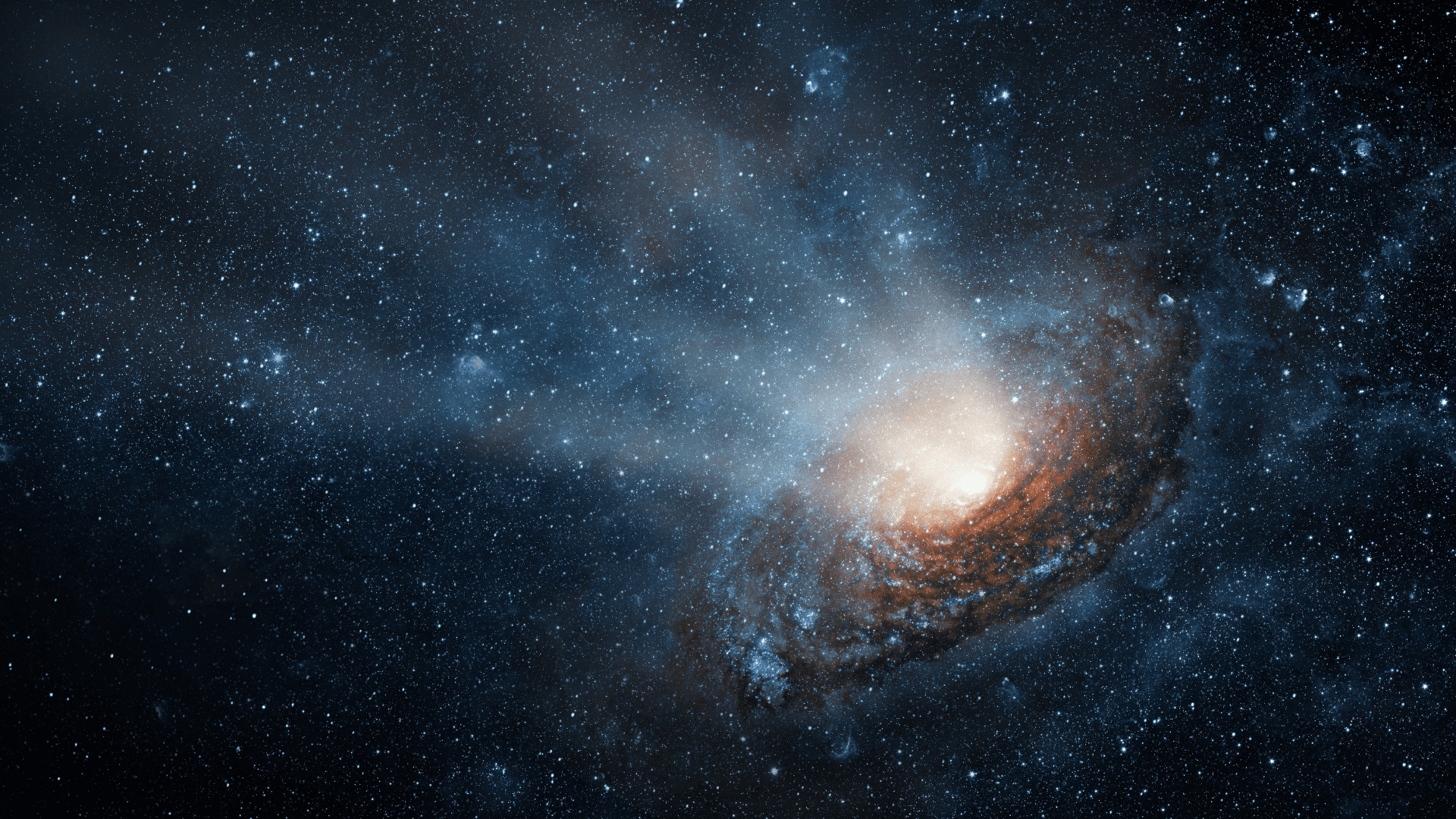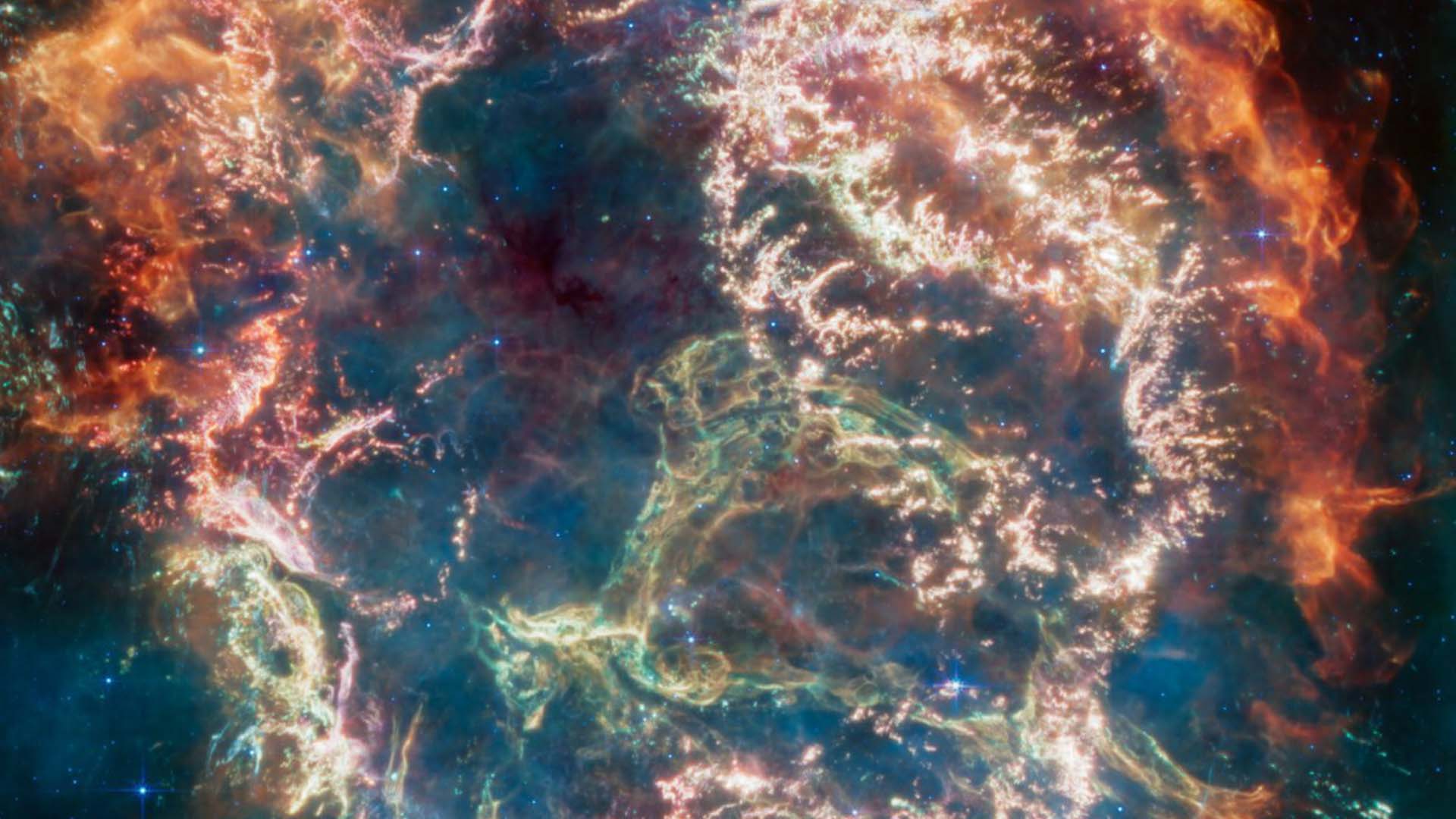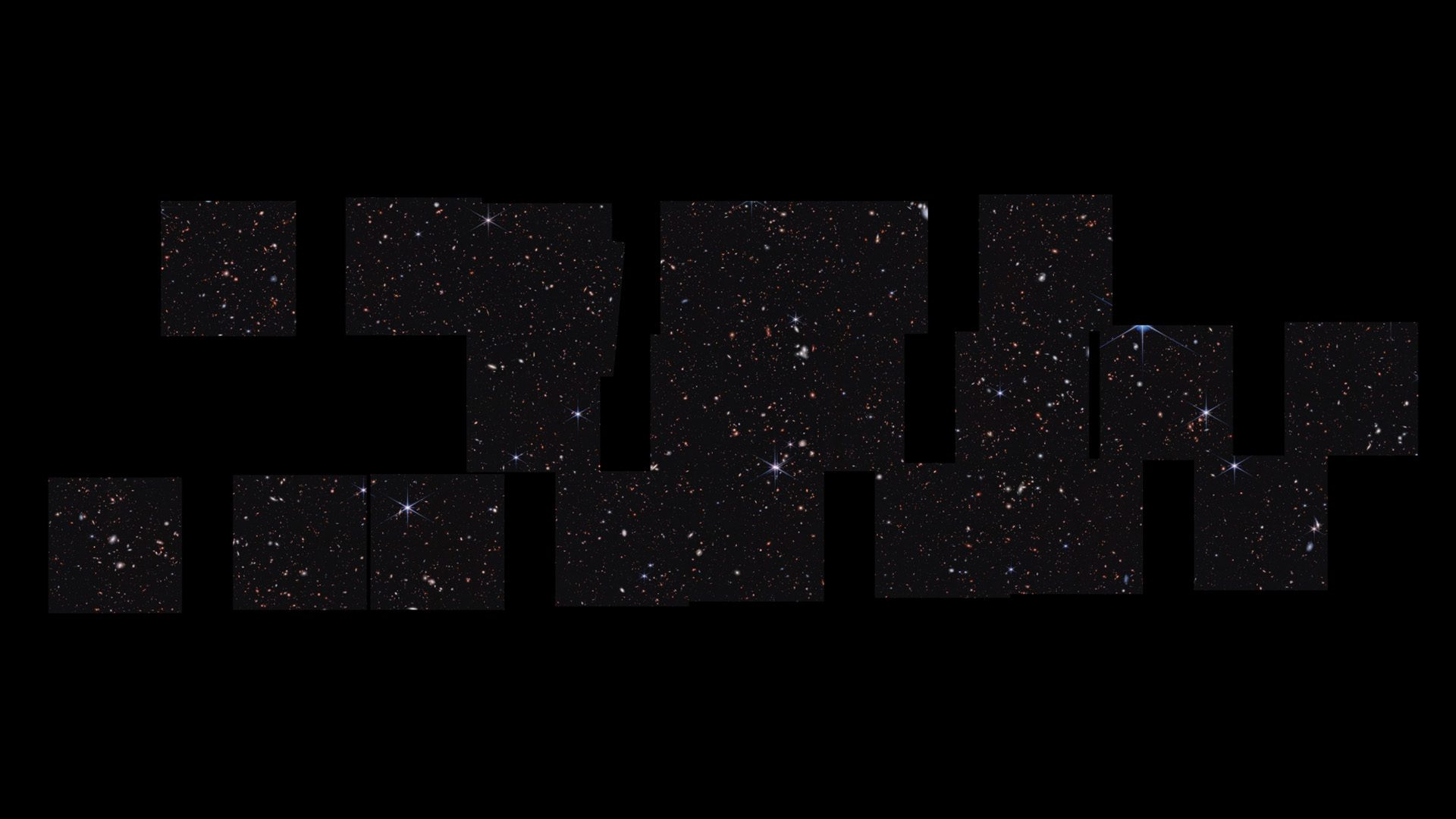When it launches in October, NASA’s Europa Clipper spacecraft will carry a layered dispatch that includes more than 2.6 million names submitted by the public.
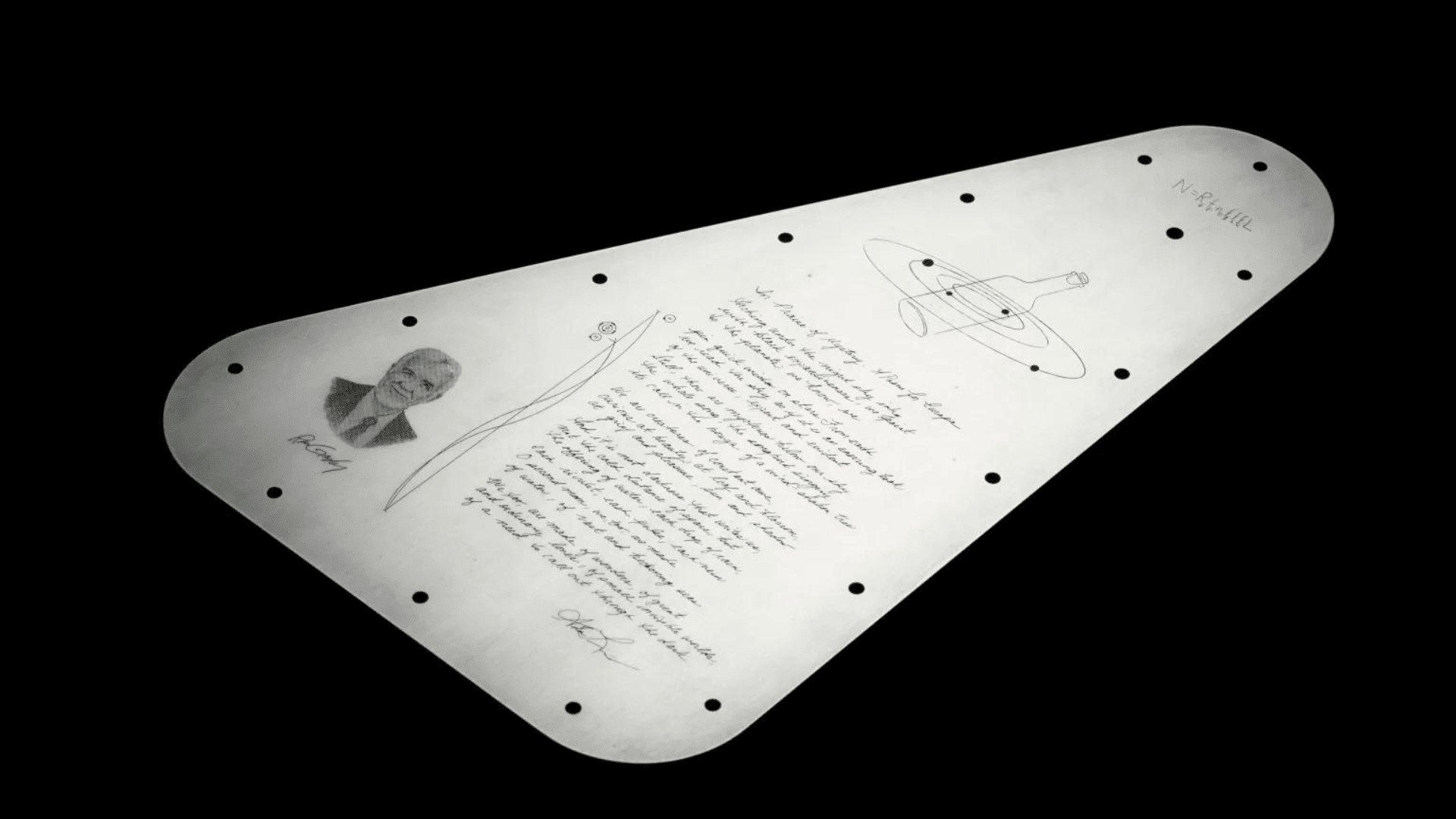
NASA has plans to send a message using the Europa Clipper, which will launch later this year toward Jupiter’s moon. This moon shows strong evidence of an ocean under its icy exterior, which contains more than twice the amount of water in all of Earth’s oceans combined.
At the heart of the artifact is an engraving of US Poet Laureate Ada Limón’s handwritten “In Praise of Mystery: A Poem for Europa,” along with a silicon microchip stenciled with more than 2.6 million names submitted by the public. The microchip will be the centerpiece of an illustration of a bottle amid the Jovian system, a reference to NASA’s “Message in a Bottle” campaign which invited members of the public to send their names for the mission.
The plate, made of the metal tantalum, features art that highlights Earth’s connection to Europa on the outward-facing panel. Additionally, linguists collected recordings of the word “water” spoken in 103 languages around the world.
Those audio files were converted into waveforms (visual representations of sound waves) and etched into the plate. The waveforms radiate out from a symbol that represents the American Sign Language sign for “water”.
Explore Tomorrow's World from your inbox
Get the latest science, technology, and sustainability content delivered to your inbox.
“The content and design of Europa Clipper’s vault plate are swimming with meaning,” said Lori Glaze, director of the Planetary Science Division at NASA Headquarters in Washington. “The plate combines the best humanity has to offer across the universe – science, technology, education, art, and math. The message of connection through water, essential for all forms of life as we know it, perfectly illustrates Earth’s tie to this mysterious ocean world we are setting out to explore.”
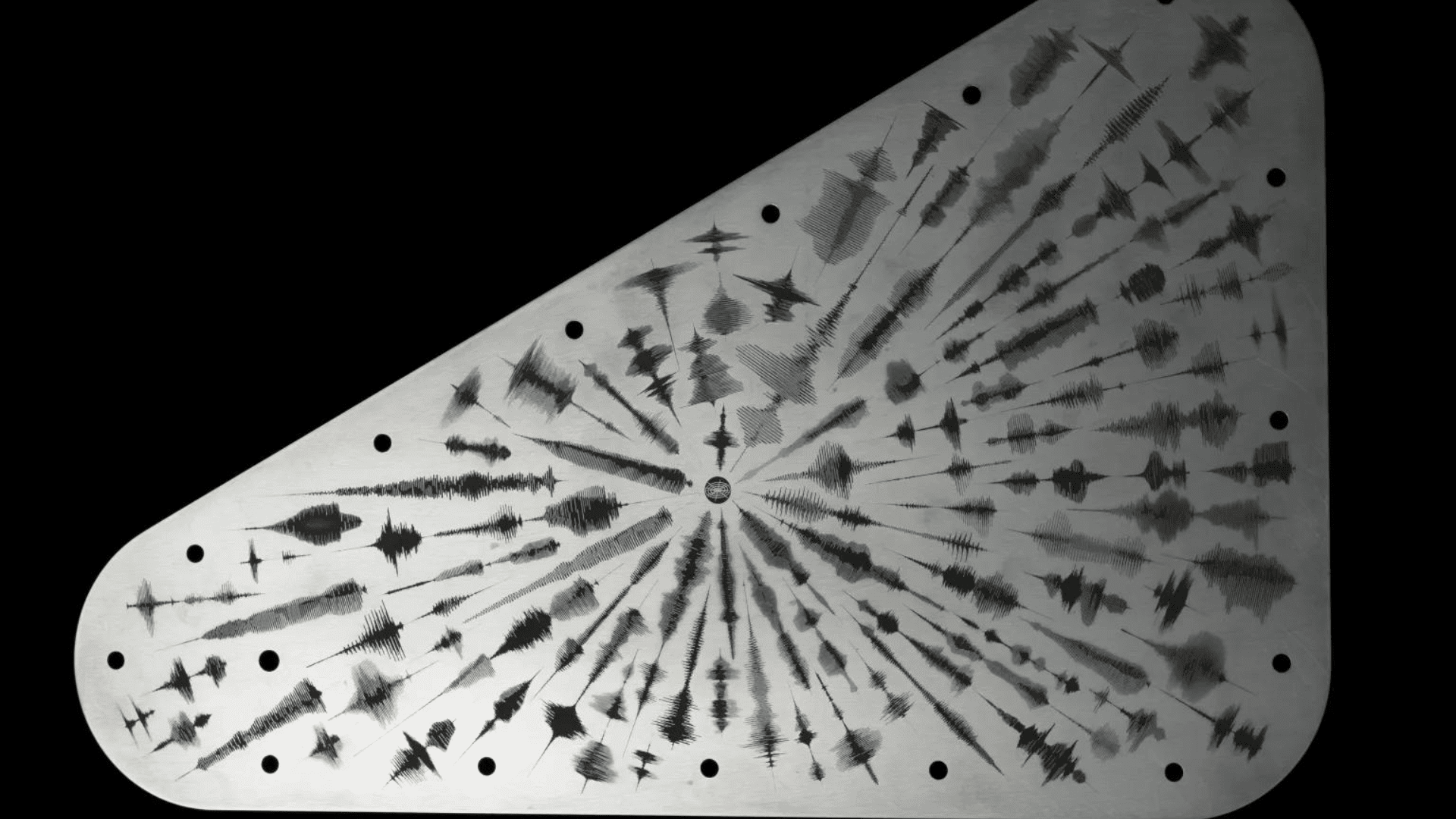
By 2030, after the 1.6-billion-mile journey, the Europa Clipper will begin orbiting Jupiter and making 49 close flybys of Europa. The spacecraft’s suite of scientific instruments will then gather data about the moon’s subsurface ocean, icy crust, thin atmosphere, and space environment to determine if the conditions could support life.
Because the mission’s goal is to search for habitable conditions, the Drake Equation is also etched onto the plate. This mathematical formula was developed by astronomer Frank Drake in 1961 to estimate the possibility of finding advanced civilizations beyond Earth.
The artwork on the inward-facing side of the plate will also include a reference to radio frequencies considered plausible for interstellar communication. These frequencies match the radio waves emitted in space by the components of water and are known by astronomers as the “water hole.”
Lastly, the plate includes a portrait of Ron Greely, one of the founders of planetary science whose efforts to develop a Europa mission laid the foundation for the current mission.
“We’ve packed a lot of thought and inspiration into this plate design, as we have into this mission itself,” says Project Scientist Robert Pappalardo of NASA’s Jet Propulsion Laboratory in Southern California. “It’s been a decades-long journey, and we can’t wait to see what Europa Clipper shows us at this water world.”


